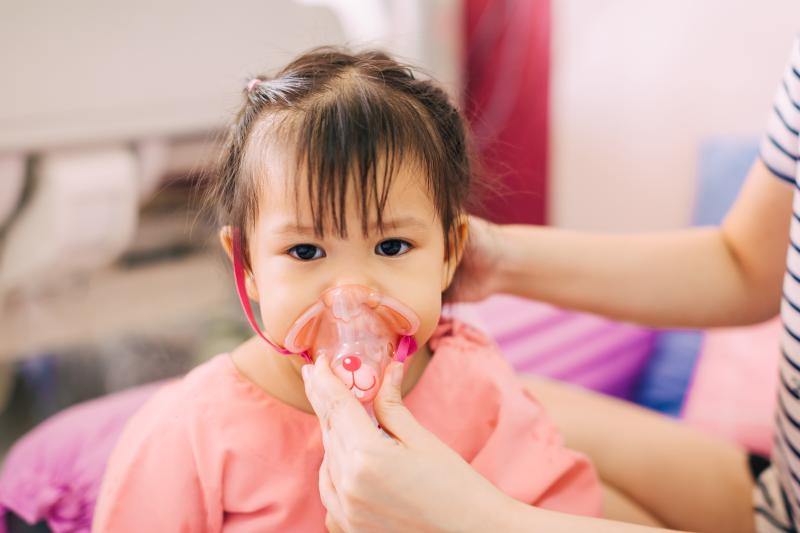
The assumption that children are less vulnerable to the coronavirus disease 2019 (COVID-19) compared to adults is not quite true and may even be dangerous, suggests a recent study.
COVID-19, which is caused by infection with the severe acute respiratory syndrome coronavirus 2 (SARS-CoV-2), appears to virtually spare children, while those infected tend to have less disease severity.
This seems to be the case either because children are less frequently exposed to the main sources of transmission or they are less exposed to animals, say Petra Zimmermann and Nigel Curtis from the Department of Paediatrics, Fribourg Hospital HFR, Switzerland. [Pediatr Infect Dis J 2020;doi:10.1097/INF.0000000000002660]
On the other hand, it is also possible that children are more frequently asymptomatic or have less severe symptoms and hence less often tested for COVID-19. This can potentially result in underestimation of the true numbers infected, according to the authors.
A recent study by Bi Q. and colleagues in Shenzhen, China, provided preliminary evidence suggesting that the risk of SARS-CoV-2 infection among children is similar to that of the general population, but the former are less likely to show any signs or develop severe symptoms. [https://doi.org/10.1101/2020.03.03.20028423]
“However, the importance of children in transmitting the virus remains uncertain,” Zimmermann and Curtis state in their review.
CoVs (eg, SARS-CoV, SARS-CoV-2 and Middle East Respiratory Syndrome [MERS]-CoV) cause respiratory and gastrointestinal symptoms in humans, with clinical signs ranging from a common cold to a more severe disease, including bronchitis, pneumonia, severe acute respiratory distress syndrome, multi-organ failure or death.
“The clinical, laboratory and radiologic features in children are similar for all novel CoVs, except more children infected with SARS-CoV presented with fever compared with SARS-CoV-2 or MERS-CoV,” the authors say.
Thus far, no deaths have been reported in children for SARS-CoV or SARS-CoV-2, with the exception of infants of mothers who were infected during pregnancy in the case of the former, they added.
There is currently no final cure for COVID-19 available, and the trial for an investigational vaccine is still ongoing. However, a study published by the Zhejiang University School of Medicine suggests the use of nebulized interferon alpha-2b and oral lopinavir/ritonavir together with corticosteroids for complications and intravenous immunoglobulin in children with severe cases. [World J Pediatr 2020;doi:10.1007/s12519-020-00345-5]
The authors stress that none of these therapies have shown a “clear benefit” in the treatment of other novel CoVs, so whether they will be effective against SARS-CoV-2 remains questionable. In addition, neither the World Health Organization nor the US Centers for Disease Control and Prevention endorses any specific therapy in children or adults. [https://apps.who.int/iris/handle/10665/330893; https://www.cdc.gov/ coronavirus/2019-ncov/hcp/clinical-guidance-management-patients.html]
“Needless to say, strict hand hygiene needs to be applied and visitors should be avoided or limited to an absolute minimum,” the authors say.
SARS-CoV-2, the virus responsible for COVID-19, was first detected in Wuhan, China, in 2019 and quickly spread across the globe as reports of the discovery of the novel coronavirus were allegedly blocked at first and a travel ban to and from the city was not imposed immediately. COVID-19 cases worldwide are nearing the 200,000 mark, with more than 7,800 deaths, as of 18 March 2020.